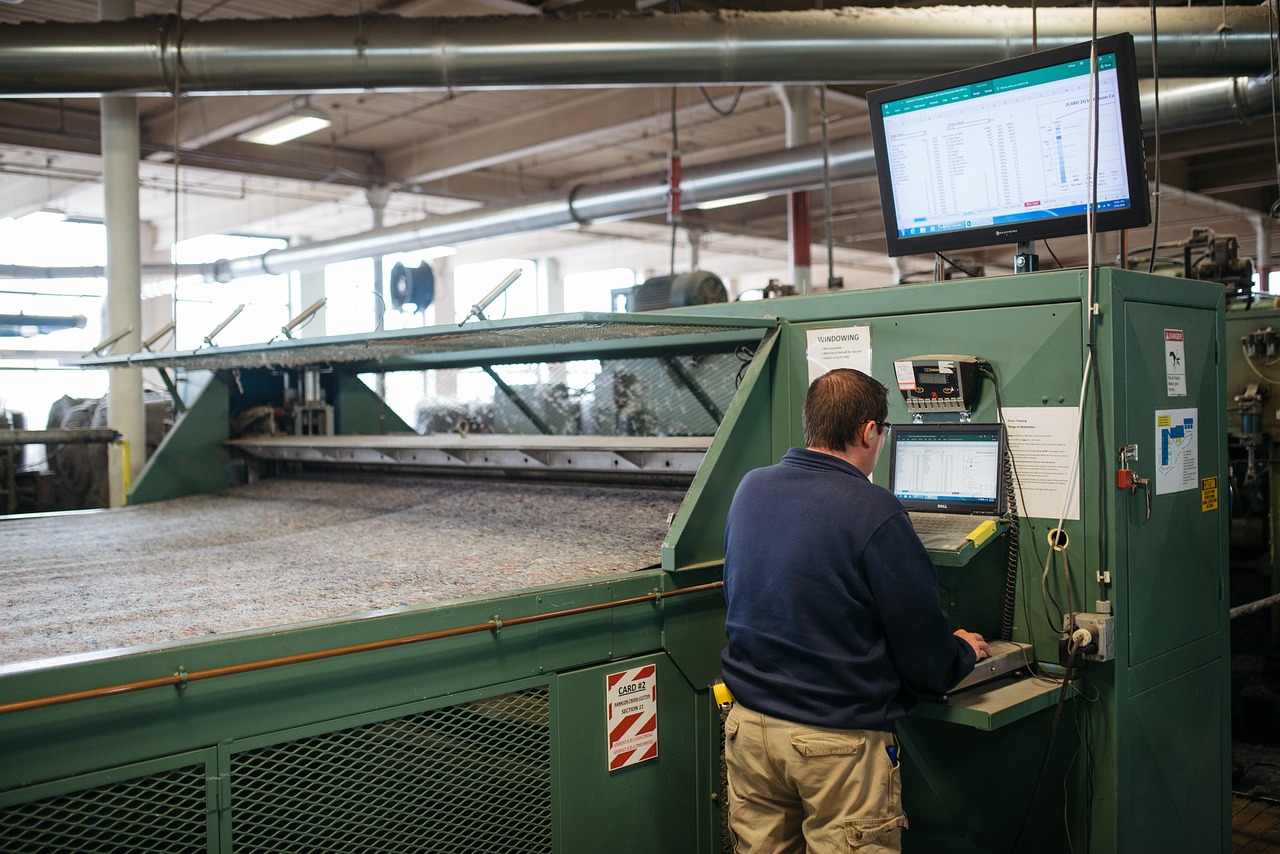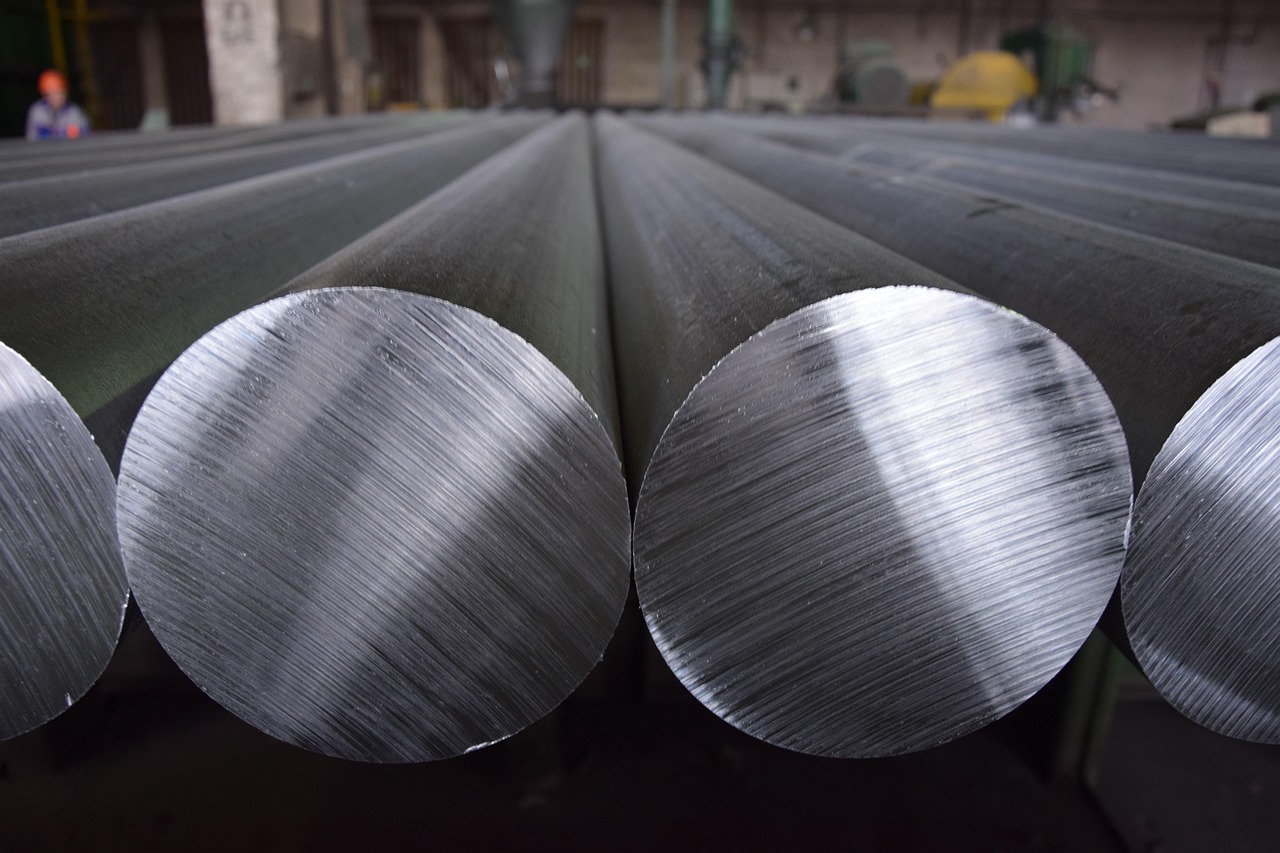Plant Twin: Bridging the Gap Between Legacy Equipment and a Connected Digital Ecosystem
Digital transformation in manufacturing isn’t just about new equipment; it’s about building a smarter, more connected operation. One where people, processes, and technology actually work together to drive real improvements in safety, efficiency, and throughput. That’s exactly what we’re doing with the Plant Twin. Built through our collaboration with Geminum and powered by the NVIDIA ecosystem, this platform is helping modern facilities get more from their legacy systems. In this post, we’ll break down how the Plant Twin brings everything together; 3D scans, OT data, AI and more, to enable better decisions and more agile operations.
From Standalone Machines to a Coordinated Twin Ecosystem
In manufacturing, digital transformation isn’t just about upgrading equipment. It’s about creating a smarter, more connected operation. Many assets, like overhead cranes, still run in isolation, disconnected from the data and systems that could improve how they function. Moving to a fully integrated digital ecosystem happens in stages. That crane doesn’t jump from analog to intelligent overnight. It starts with basic visibility, then adds context, control, and eventually real-time intelligence. This is exactly the kind of progression we’re enabling with the Plant Twin. By connecting legacy equipment to modern platforms, we’re helping facilities improve safety, increase efficiency, and make faster, more informed decisions.
- Standalone Crane: A traditional, isolated machine with no connectivity.
- Connected Crane: Basic data connectivity for monitoring.
- Smart Crane: Equipped with sensors and limited automation.
- Autonomous Crane: AI-driven with minimal human intervention.
- Crane Twins + Plant Twin: Multiple cranes, operators, and systems connected to a central platform for real-time monitoring, predictive maintenance, and operator-in-the-loop management.
- Twin Ecosystem: A network of interconnected cranes, operators, and legacy systems, optimizing plant-wide performance and fostering continuous learning.
This progression highlights how digital twins don’t just improve individual assets; they create value when integrated into a larger, interconnected system.

The Architecture Behind Plant Twin’s Unified Operations
A real Plant Twin goes far beyond digital modeling. It’s a connected platform that brings together everything on the plant floor, from older machines to modern software to the people running the show. At the center is an intelligence layer that pulls in data from system twins, coordinates workflows, and integrates with existing tools and models. It’s not just about visualization. It’s about creating a unified environment where data becomes action, and every part of the operation works better together.
- Plant Twin: Centralizes data from all system twins, driving plant-wide optimization.
- System Twins: Digital twins of individual systems (cranes, conveyors, etc.) enable targeted monitoring and optimization, feeding back into plant-wide maintenance systems.
- Safety Twin: Provides cross-plant safety monitoring, detecting potential risks and feeding real-time insights back into legacy safety systems.
- Product Twin: Tracks products as they move through the plant, ensuring traceability and quality while identifying bottlenecks and improving throughput.
- Environment Monitoring: Collects data on environmental factors like temperature and air quality, integrating with the safety twin to enhance situational awareness.

This architecture combines centralized intelligence with decentralized execution, allowing real-time control and analysis at the edge. It facilitates the integration of predictive maintenance tools, control systems, and scheduling functions across the entire plant.
Real-World Applications and Benefits
The impact of the Plant Twin ecosystem is far-reaching, offering several tangible benefits across multiple areas:
- Modernization: System twins elevate legacy systems, enabling advanced monitoring and management without requiring a complete overhaul.
- Safety: The system predicts and simulates potential safety risks, creating a safer work environment and improving training through virtual scenarios.
- Production: Through real-time data analysis, the Plant Twin optimizes throughput and identifies production bottlenecks, all while maintaining smooth operations.
- Maintenance: Predictive maintenance minimizes downtime by allowing teams to address issues before they escalate, optimizing repair schedules.
- AI Adoption: The system provides a safe environment for testing and training AI models, ensuring that new tools are deployed with confidence.
Leveraging Key Technologies for Seamless Integration
At the heart of the Plant Twin ecosystem is the powerful NVIDIA platform, which enables robust, scalable solutions. Key technologies include:
- Twins: Facilitate cross-team collaboration and provide feedback loops for AI tools.
- Omniverse: Offers real-time visualization for better decision-making.
- Isaac SIM: Powers simulations and AI training in virtual environments.
- AGX/Orin/Fleet Command: Brings edge computing to ensure real-time control and analytics.
These technologies work in unison to move manufacturers into the AI era, providing the tools, expertise, and infrastructure needed for advanced digital transformation.
Shifting from Automation to Autonomy
Traditional automation often misses the mark when it comes to delivering real value at the plant level. The Plant Twin takes a different path. It focuses on creating a connected ecosystem that goes beyond isolated automation and lays the groundwork for true operational autonomy. By upgrading legacy systems, incorporating environmental data, and digitizing workflows, manufacturers can move toward autonomy at a pace that aligns with their goals.
This approach avoids the trap of overspending on flashy, underperforming technology. Instead, it targets system-wide improvements that increase throughput and build an intelligent, self-sustaining operation that keeps getting better over time.
Conclusion
The Plant Twin is more than a digital upgrade. It’s a new way to run your plant. By connecting legacy equipment, digitizing workflows, and unlocking real-time insights, it turns disconnected systems into a coordinated operation that runs smarter from top to bottom.
This isn’t about starting from scratch. It’s about building on what you already have and making it work harder for you. With the right foundation in place, manufacturers can scale, adapt, and stay ahead as AI becomes a bigger part of day-to-day operations. The Plant Twin brings it all together, helping teams move faster, make better decisions, and get more from every part of the plant.




